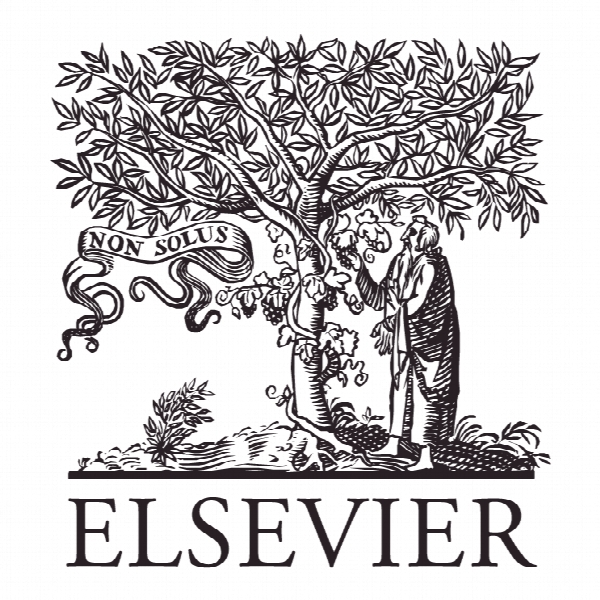استراتژی بازاریابی اجتماعی : یک رویکرد ارتباطات بازاریابی یکپارچه Upstream social marketing strategy: An integrated marketing communications approach
- نوع فایل : کتاب
- زبان : انگلیسی
- ناشر : Elsevier
- چاپ و سال / کشور: 2017
توضیحات
رشته های مرتبط مدیریت
گرایش های مرتبط بازاریابی
مجله افق های تجاری – Business Horizons
دانشگاه کالج کسب و کار، کلرادو در کلرادو اسپرینگز، امریکا
نشریه نشریه الزویر
گرایش های مرتبط بازاریابی
مجله افق های تجاری – Business Horizons
دانشگاه کالج کسب و کار، کلرادو در کلرادو اسپرینگز، امریکا
نشریه نشریه الزویر
Description
1. Upstream without a paddle . . . or a strategy There are currently more ways of reaching a target audience than ever before. Print, radio, television, face-to-face, Facebook, blogs, Twitter, YouTube, websites–—the list goes on and on. The pressure to make the right marketing decisions, whether choosing the most appropriate channels to use or identifying which messages will be most effective, can be daunting. Indeed, audiences use multiple channels at the same time and the same message often does not translate across channels. This complexity often means that the majority of social marketing communication efforts are not integrated. Instead, a disparate and dispersed group of activities is the norm. Small and medium-sized organizations, in particular, tend to focus on just one or two promotional elements. It is not uncommon for the marketing efforts of a small organization to consist of a website and some print ads. The Advertising Research Foundation recently conducted a study of 5,000 advertising campaigns for 1,000 brands and found that 60% of these campaigns relied on two or fewer mediums (Neff, 2016). Larger organizations are often characterized by a lack of integration as well. Companies tend to hire one agency to help with direct marketing efforts, another for public relations, another for sales promotions, and yet another for digital/internet marketing. In many cases, physical or virtual walls separate these promotional elements; the end result is a morass of activities (see Figure 1) that are loosely coordinated. Poorly coordinated, nonintegrated marketing results from diverse marketing messaging; multiple versions of logos and slogans; various colors, shapes, and images; and different positioning approaches. Organizations that do not consider a coordinated and integrated strategy to social marketing risk wasting their time and resources on activities that fall short of desired goals and objectives. Applying an integrated marketing communications (IMC) foundation for the design and execution of an upstream social marketing strategy is a robust solution to navigate today’s complex communications landscape effectively. This is accomplished through a systematic process that begins with detailed research on target audiences, the right channel selections, and effective messaging. The term upstream refers to “those who shape the structural and environmental conditions within society, including politicians, policy makers, civil servants, decision makers, regulators, managers, educators, and the media” (Gordon, 2013, p. 1529). This audience can be difficult to target because the members are themselves a source of influence through their ability to make decisions and/or create policies. This can mean that there are various barriers and gatekeepers not associated with downstream audiences. Downstream audiences are individuals directly targeted for impact. For example, the Centers for Disease Control and Prevention (CDC) targets smokers in hopes of influencing them to quit smoking and/or refrain from smoking around children. Conversely, if the CDC targeted a state lawmaker in hopes of increasing the legal smoking age, the agency would be going after an upstream audience, which may be much more difficult to reach and influence. Part of the challenge of changing impressions in the minds of those who have the power to make changes is their reluctance to make decisions that may negatively affect their position and/or popularity with constituents. In addition to constituents, large donors representing various industry interests or political party affiliations play a role in the influencing of an upstream audience. A strategic approach for an upstream social marketing endeavor means that marketers are focused on a long-term, well-researched approach that will inherently bring with it more realistic expectations and effectiveness.


